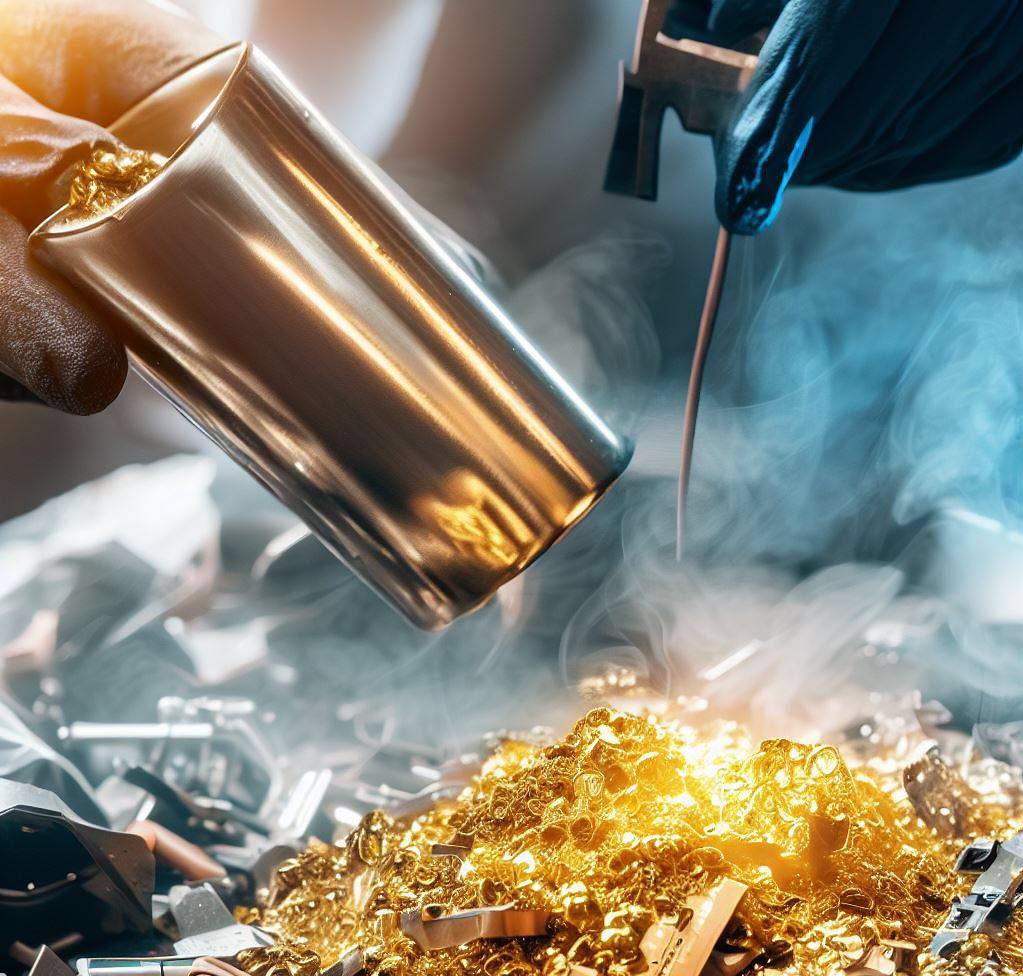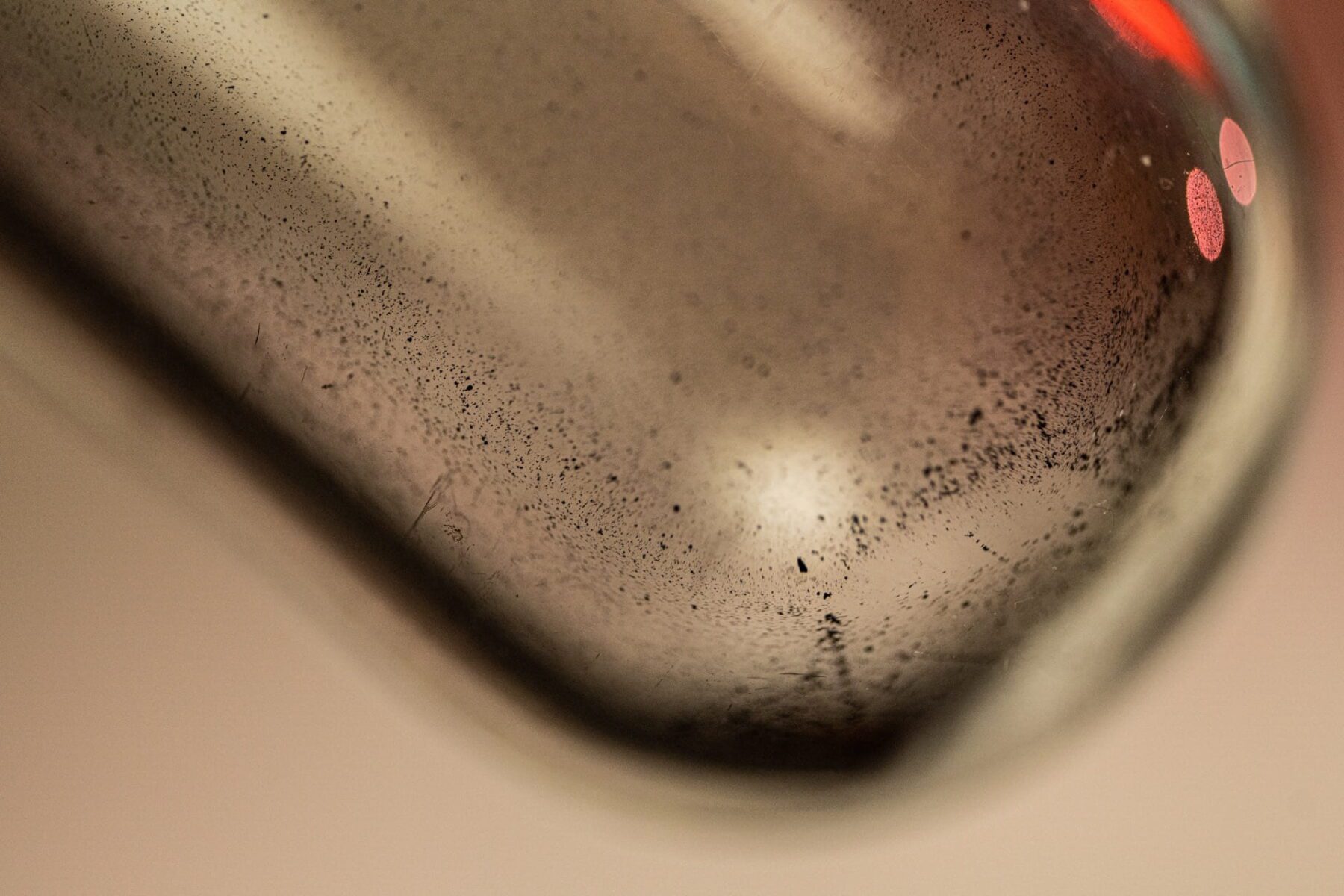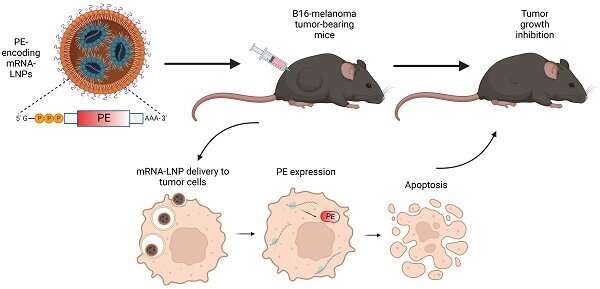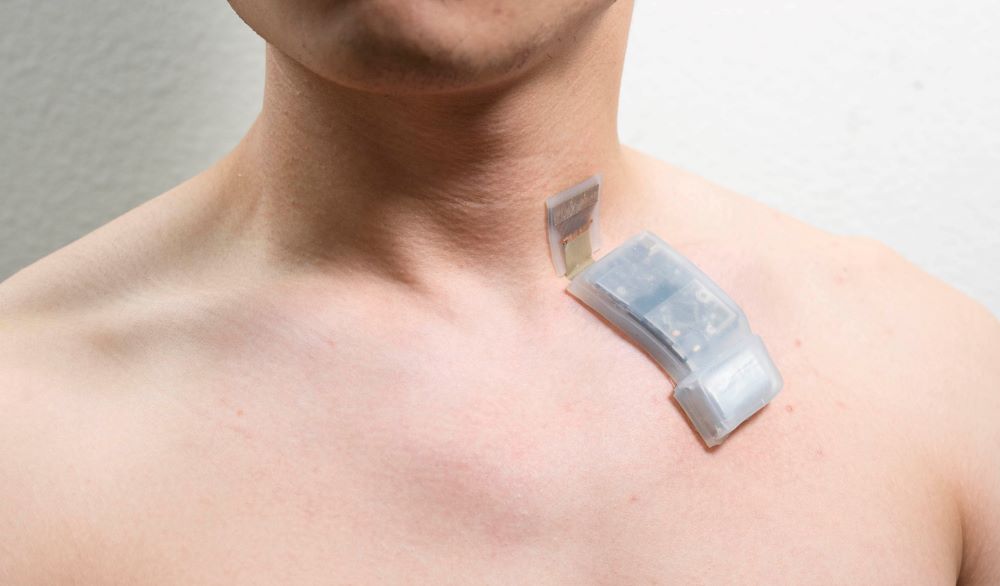
via AI.Nony.Mous
U of T researcher Gisele Azimi is bringing battery recycling to a new level, using captured carbon dioxide to harvest the precious metals used for green technologies.
Azimi, a University of Toronto professor and the Canada Research Chair for Urban Mining Innovations, has pioneered a method to separate critical metals from electronic waste like batteries, and wind turbine materials.
“These are the materials that are needed for transferring our society towards a carbon free era. But there are limited resources available for these materials,” says Azimi.
Recycling electronic waste provides an efficient avenue to gain these vital resources, where they are found at a rate of 20 to 38%. Conventionally mined ores typically only contain 1 to 2% concentrations of rare earth metals. International investment in recycling is growing, as the capacity and technologies for electronics recycling improve.
“There are countries, and Canada is one of the leaders, that are really looking at this and they understand importance of enabling recycling to our society,” she says.
The recycling technique her team has honed involves heating and pressurizing CO2, transforming it into a supercritical fluid. In this state, it can be used to dissolve and extract critical metals from their surroundings. The big advantage of CO2 is that you don’t have to get it very hot to initiate this conversion – only to about 30 degrees Celsius.
To refine and better understand this supercritical fluid recycling process, Azimi approached the Canadian Light Source synchrotron at the University of Saskatchewan. The results from this investigation were recently published in the journal Inorganic Chemistry.
Currently able to extract metals from car batteries, wind turbine magnets, fluorescent bulbs and many things in between, Azimi and her collaborators continue to push the boundaries of their method and carbon-negative recycling. They are working with industry partners on piloting the technique and improving profitability, and have set their sights on recovering gold and copper from circuit boards.
Original Article: Recycling precious metals from electronic waste with captured CO2
More from: University of Toronto | University of Saskatchewan
The Latest Updates from Bing News
Go deeper with Bing News on:
Supercritical fluid recycling process
- Recycling carbon fiber reinforced plastics waste is a challenge, but researchers find a way to make it work
Carbon fiber reinforced plastics (CFRP) are lighter and stronger than metal and are used in a variety of industries, including aviation, aerospace, automotive, marine, and sporting goods. In recent ...
- Supercritical water recycles 99% of reinforced plastic waste in minutes
Researchers have identified a novel method that recycles over 99 percent of carbon fiber-reinforced plastics (CFRP) in minutes. CFRP is a material made of carbon fibers and a plastic matrix. Due to ...
Go deeper with Bing News on:
Critical metals recovery
- Solar Panel Recycling Market worth $931 million by 2029 - Exclusive Report by MarketsandMarkets™
The solar panel recycling market is poised for substantial growth in the foreseeable future, driven by a convergence of factors that underscore its critical importance in the transition to a more ...
- Critical Minerals Co. Upsizes Private Placement Featuring Glencore
Stillwater Critical Minerals Corp. PGEZF is upsizing by more than 50% a private placement that also features a lead order from major Glencore Canada Corp. Find out how the market for one of its target ...
- New Method Recovers Critical Minerals from Electronic Scrap Waste
There's some irony in the fact that devices that seem indispensable to modern life-;mobile phones, personal computers, and anything battery-powered-;depend entirely on minerals extracted from mining, ...
- Saline solution-based method efficiently recovers critical minerals from e-waste
A method developed at the Pacific Northwest National Laboratory selectively recovers manganese, magnesium, dysprosium, and neodymium from spent electronics.
- Critical minerals recovery from electronic waste
A nontoxic separation process recovers critical minerals from electronic scrap waste.










